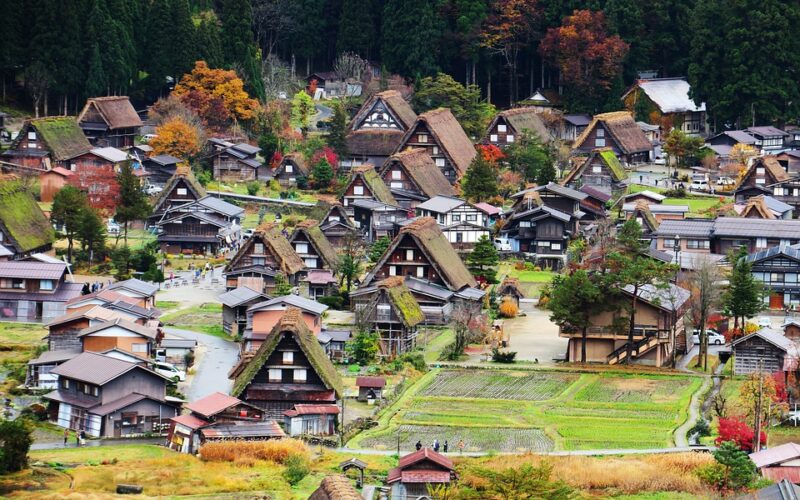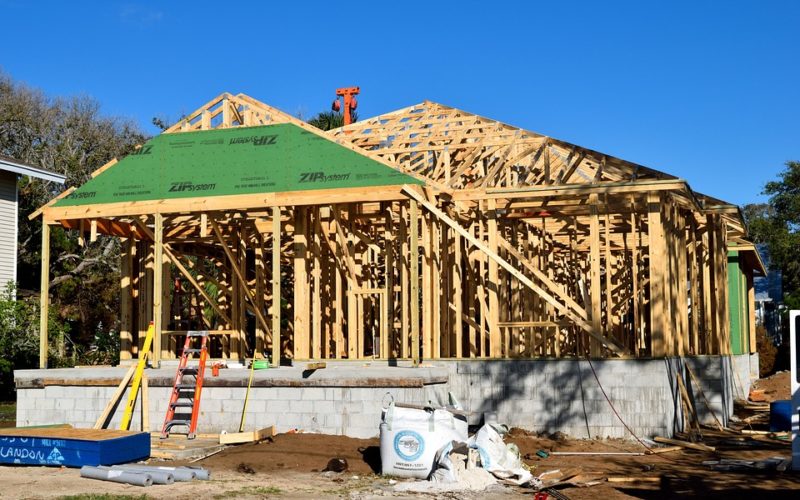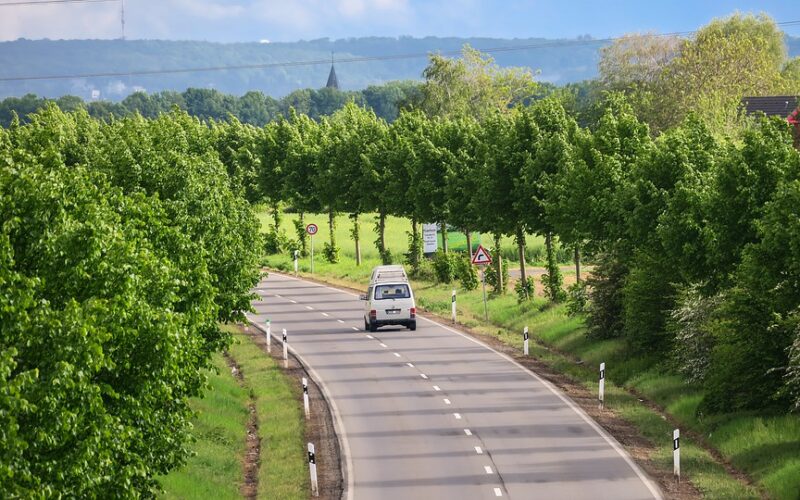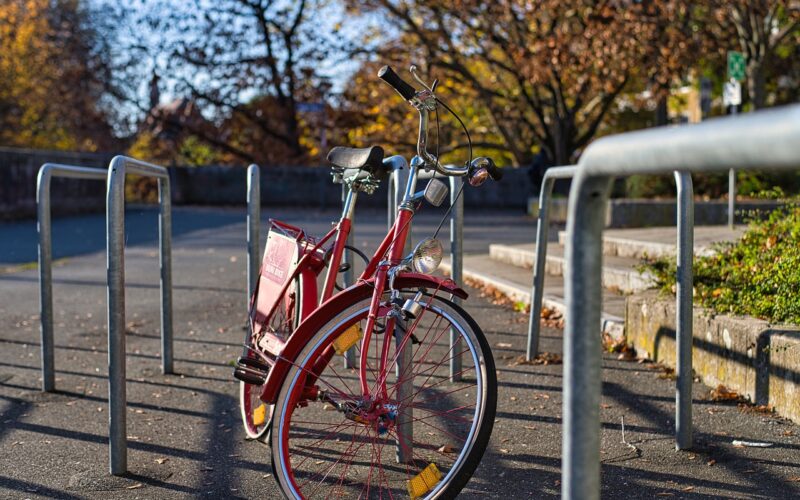Cycling has become a popular—and sustainable—form of transportation in recent years, helping commuters get to their destinations quickly and safely. Unfortunately, with the surge in popularity of bicycling also comes an increase in safety risks due to limited resources for cyclists. That’s why it is so important for cities across the globe to build dedicated cycling lanes: not just to offer additional protection against potential dangers but also to encourage members of our community who have been hesitant about taking up cycling as a form of transportation. Whether you are an experienced cyclist or simply someone interested in learning more about how common cycling lanes are making a difference, read on for information on why they’re integral and why we all must advocate for them!
The importance of cycling lanes
Cycling lanes are without a doubt one of the most important elements in creating a modern and sustainable city. Their benefits go beyond just providing a dedicated space for cyclists, as they also help to reduce traffic congestion and travel times, improve air quality, and promote physical activity. Cities that prioritise cycling infrastructure experience fewer traffic jams, and by extension, less air pollution and noise.
Moreover, cycling lanes encourage residents to engage in regular exercise, which is known to boost physical and mental wellbeing. By investing in cycling infrastructure, cities can ensure a healthier and more liveable environment for their citizens, while also reducing their carbon footprint and promoting sustainable transport options.
Comparing driving to public transportation
Compared to driving or taking public transportation, cycling offers numerous benefits. For one, cycling is great for your health, as it gets your heart pumping and strengthens your muscles. It's also an environmentally friendly option, as it produces zero emissions and reduces traffic congestion. Additionally, cycling can save you a significant amount of money in the long run, as you won't need to pay for gas, parking, or public transportation fares.
Finally, cycling allows you to connect more with your community and enjoy the scenery, rather than being stuck in traffic or crowded public transportation. Overall, cycling is a fantastic option for anyone looking to improve their health, save money, and reduce their environmental impact.
Safer roads for everyone
Cycling lanes have the power to transform how people choose to travel. Not just for the environment, but for their own health and well-being. With the right infrastructure in place, people are more likely to take their bikes instead of their cars. But cycling lanes not only encourage more bike use, they also make the roads safer for everyone.
By giving cyclists a dedicated space, they can be seen more easily by drivers who are more likely to respect their right of way. This results in a more harmonious relationship between cyclists and drivers, making streets safer for everyone.
Creating more cycling lanes in urban areas
As cities become more crowded and air quality worsens, cycling is becoming an increasingly popular form of transportation. However, there often aren't enough cycling lanes to accommodate all the bikers, leading to dangerous conditions on the road. To address this issue, urban planners are coming up with innovative ways to create more cycling lanes. One solution is to repurpose existing infrastructure, such as turning unused parking spaces into bike lanes.
Another idea is to create dedicated bike paths that are completely separate from car traffic, ensuring that bikers can ride safely and efficiently. By prioritising cycling infrastructure, cities can encourage citizens to switch to this eco-friendly mode of transportation and ultimately improve the health and wellbeing of all residents.
The economic benefits
Investing in cycling infrastructure can provide tremendous economic benefits that are often overlooked. First and foremost, it can create a significant number of jobs across a range of industries, such as construction, engineering, and tourism. Building new bike lanes, trails, and amenities requires a lot of manpower, which can stimulate local employment and enable communities to better support themselves. Furthermore, investing in cycling infrastructure can attract more tourists, who tend to stay longer and spend more money in areas that offer safe, enjoyable places to cycle.




















